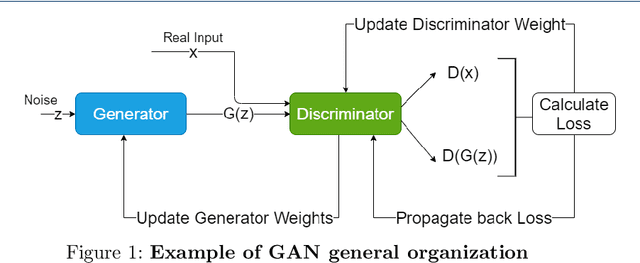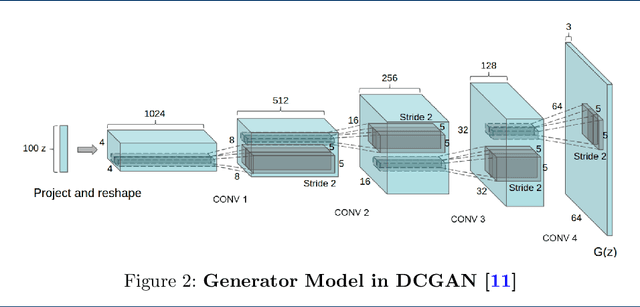A Survey on GAN Acceleration Using Memory Compression Technique
Paper and Code
Aug 14, 2021



Since its invention, Generative adversarial networks (GANs) have shown outstanding results in many applications. Generative Adversarial Networks are powerful yet, resource-hungry deep-learning models. Their main difference from ordinary deep learning models is the nature of their output. For example, GAN output can be a whole image versus other models detecting objects or classifying images. Thus, the architecture and numeric precision of the network affect the quality and speed of the solution. Hence, accelerating GANs is pivotal. Accelerating GANs can be classified into three main tracks: (1) Memory compression, (2) Computation optimization, and (3) Data-flow optimization. Because data transfer is the main source of energy usage, memory compression leads to the most savings. Thus, in this paper, we survey memory compression techniques for CNN-Based GANs. Additionally, the paper summarizes opportunities and challenges in GANs acceleration and suggests open research problems to be further investigated.
 Add to Chrome
Add to Chrome Add to Firefox
Add to Firefox Add to Edge
Add to Edge